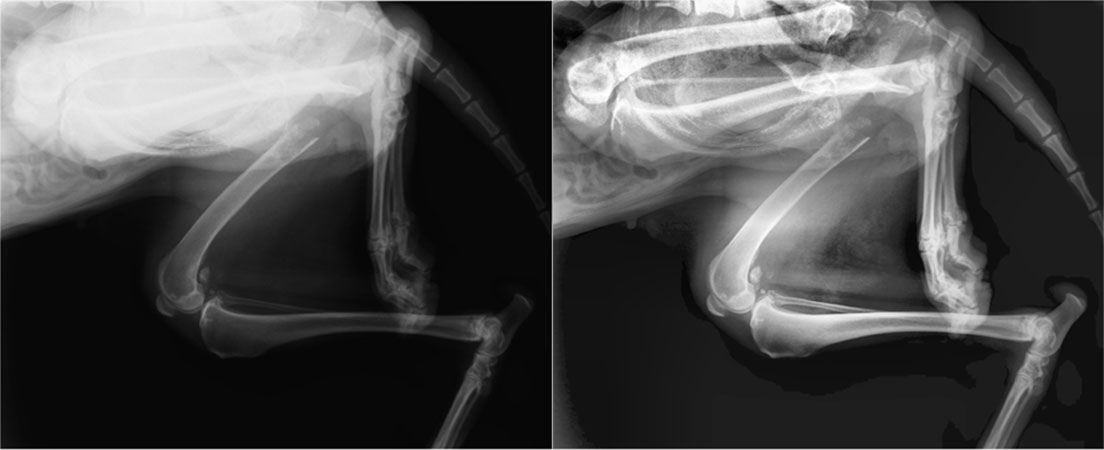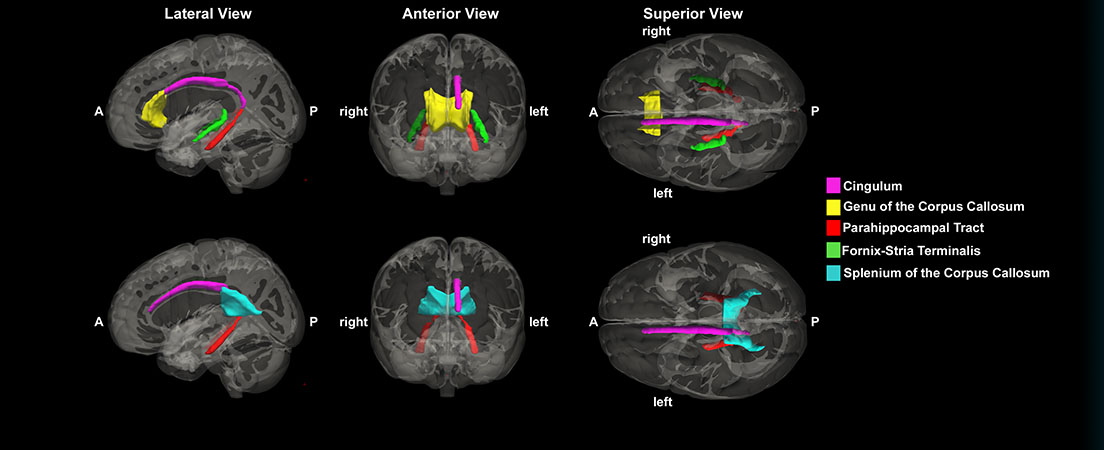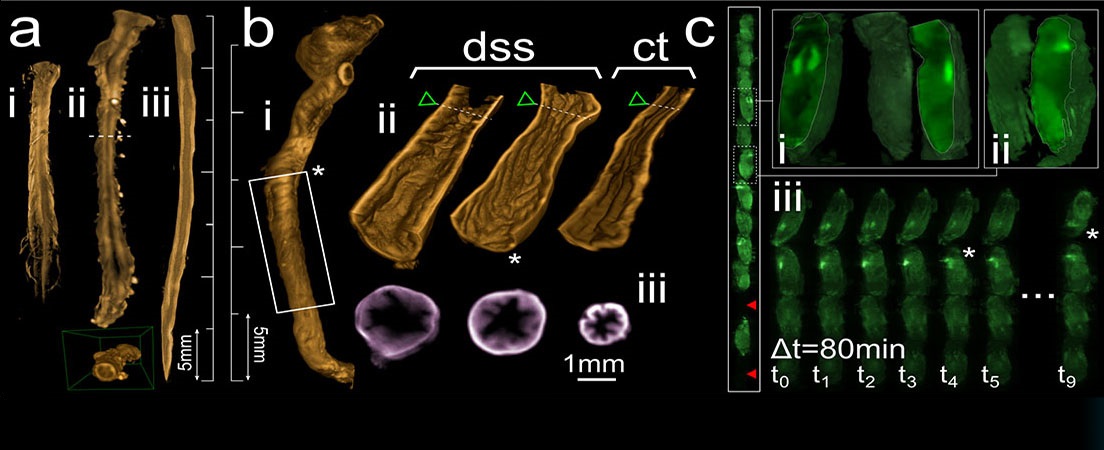3D Surface scanning for patient evaluation in orthopaedic treatments.
Adolescent Idiopathic Scoliosis (AIS) is the most common form of scoliosis and it is defined as a threedimensional structural deformity, caused by a lateral deviation higher than 10º of the otherwise vertical straight spine when observed on a coronal view. It is also associated to vertebral rotation within the curve and it has unknown etiology on an otherwise healthy adolescent.
Currently, the gold standard in AIS evaluation and monitoring is the Cobb Angle method. This technique requires anterior-posterior (AP) and lateral X-ray imaging of the patient, increasing, thus, patient radiation exposure and potential development of malignancies such as breast or thyroid cancer.
During the last decades, novel non-invasive approaches have been developed to provide an alternative to radiation in AIS diagnosis and follow-up studies. These techniques involve Surface Topography (ST) measurement, which provides valuable information regarding disease characteristics by assuming a correlation between the asymmetries detected on the surface and the deformity lying underneath it.
Hence, this study introduces an innovative three-dimensional AIS diagnostic and monitoring tool based on ST measurement with a three-dimensional scanner. The designed method aims to quantify surgical correction and patient final aesthetic image by providing an objective parameter related to the mean asymmetry of the back, before and after surgery.
Thereby, eight datasets were evaluated: a torso phantom, a healthy volunteer and three AIS patients (previous and after surgical treatment). The best plane of symmetry, i.e. the plane that best divided the back into symmetric (left and right) halves, was calculated for each surface. This was carried out by finding the optimal point cloud geometric transformation, so that the distance to its reflection through a fixed sagittal plane at the origin was minimum. Moreover, the mean asymmetry was
defined as the mean distance of the surface to its reflection. The dependence of the algorithm on the initial plane and multiresolution strategies to speed up the process were also studied.
Final asymmetry patterns were established and mean asymmetries were proved to correlate to Cobb Angles reduction. Furthermore, final results were corroborated with traumatologists’ opinion, who found the proposed method extremely useful and clinically applicable. The proposed workflow will be evaluated in a larger cohort of patients in a clinical study thanks to the promising results obtained in this Bachelor Thesis.



Idiomas